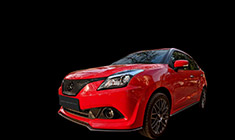News
My experience using the Raspberry Pi for wireless Android Auto
My usual operation is navigation using the voice commands when I drive, that worked seamlessly fine like the wired connection.
BHPian tbppjpr recently shared this with other enthusiasts:
Raspberry Pi Zero 2 W - Experience Update
Today I had a typical urban driving session of around 5 hours with 5-6 stops where I drove around 30 odd kms. This also includes a high speed ring road section.
Equipment setup:
This time my test phone was old Motorola One Power with 4 GB RAM and Snapdragon 635 processor. Headunit is Sony XAV 5500. Pi boards is currently naked, waiting for the case to be delivered. Connecting wire has USB C end where I had to use an USB C to USB female adapter where a short cable is connecting it to Pi board.
Wireless Connectivity:
Connections were seamless every-time during this session. Experience was equally good like the wired connection I am used to since last 2-3 years, except the initial connectivity period which is longer than the wired, obviously.
Operations:
My usual operation is navigation using the voice commands when I drive, that worked seamlessly fine like the wired connection. Usually I listen Flac music files loaded on thumb drive which is connected on second USB port of the HU. But for the test purpose, I used Wynk streaming music to simulate typical usage. The online music worked perfectly fine through out the drive along with navigation despite my doubts on the slow 2.4Ghz wireless band, it surprisingly exceeded my expectations. I also used voice commands to play the music, that also worked fine, no lags, no skips whatsoever. Though I had bad voice during a call I received, but it was the only call during the whole drive so can't make any comment on that. Will check the calling experience later.
Mobile Battery and heat
Yes, I found mobile warm every time I was picking it up after my halts. But it was acceptable. I am surprised about the battery life. Battery was at 71% when I started and it was at 35% when I ended the session after 5 hours where I was in the car for around 2 hours. But then this is Motorola One power which lasts 2 days during my usual desk working days. Still I am happy that wireless Android Auto is usable during my urban runs, atleast on a phone like this.
But I am worried about my primary phone Pixel, which heats up a lot during mild usage and battery life is terrible on that compared to this 5 years old Motorola workhorse. I will update about that as well when I will do extensive testings on that.
Read BHPian comments for more insights and information.
- Tags:
- Indian
- Android Auto
- Raspberry Pi
News
How I installed Android Auto on my Suzuki V-Strom 650 motorcycle
It also comes with a pair of front/back cameras + Tyre Pressure Monitoring Systems (TPMS).
BHPian shyamg28 recently shared this with other enthusiasts:
Finally decided to get an Android Auto/Carplay system for the motorcycle.
It also comes with a pair of front/back cameras + Typre Pressure Monitoring Systems (TPMS).
A short ride so far and seems to me this might work out well. The screen is a puny 5" (in this day and age, come on). But very clearly visible.
Took me all of 15 seconds to connect to it. Bluetooth paired and Android Auto automatically came up. I turned it off and on again and within seconds, my phone was paired and AA booted up. Nice!
Service engineer fixed the front camera with some jugaad mount. I like it



I have always maintained that this is the absolute best position to view maps on the go. Minimal head/eye movement, minimal distraction.
But - the accessory bar vibrates like hell. I may end up moving it to the handlebar after testing out further.

Rear camera. Neat position.

I see many of these out in the market now. I just hope they can be more easily available, reliable and have service/warranty which is easily accessible.
P.S.: If anyone (or Google) solves motorcycle routes being accessible via Android Auto, please send a message my way, or a thread TBHP's way
Read BHPian comments for more insights and information.
News
How to get Android Auto on any aftermarket Nippon HU for 431 rupees
If you are used to Android Auto, these Rs.430/- are money well spent to convert a simple Android touchscreen unit into a seamless Android Auto unit.
BHPian AdityaDeane recently shared this with other enthusiasts.
I bought the 'Head Unit Reloaded Emulator' app from Google Play Store for Rs.430/- and installed it on my Nippon NDROID-10PRO. It took me a lot of time to understand the process on my car and my mobile, but eventually I was able to set it up for both Wired and Wireless Android Auto (I don't have an iPhone to check for Carplay).
My response:-
- Installing this app has made a huge difference in my car's touchscreen usage, and I am back to Android Auto, like in my Triber. Thank you friend for the recommendation of this app.
- If you are used to Android Auto, these Rs.430/- are money well spent to convert a simple Android touchscreen unit into a seamless Android Auto unit.
- Wireless Android Auto was iffy, it would work once, and then not the other time. It also required installation of "Wifi Launcher" app by AAWireless and you need to give it all permissions to change settings etc., hence I have finally deleted it, and will be using my phone with wired Android Auto, not wireless. This also helps to keep my mobile charged and powered up on the go.
- System Reset password for these Nippon units is '7890', if anyone needs to do it some time. Not sure if Force Motors has changed it for the units they have installed.
- Because I use Google Maps and Amazon Music most of the time, and these work together in Android Auto via Head Unit Reloaded Emulator app, I have to install fewer apps on my head unit, and that helps keep the touchscreen unit's memory free, and reduces much lag.
- When I connect my mobile via the USB Cable, the head unit enters the Head Unit Reloaded Emulator app by itself, and I just need to press on the USB sign and then select my mobile name, and I am ready to use Android Auto.
- The audio settings from the native Music app's Equaliser also work while playing music through Android Auto!
Hope this feedback helps other Force Gurkha 2024 owners in setting up their Wired or Wireless Android Auto and Apple Carplay in the company installed Nippon NDROID-9PRO apps on their cars.
Basically you need 'Head Unit Reloaded Emulator ' app on the touchscreen and Android Auto on the mobile for Wired experience, which is a paid app. For a wireless experience, you need to additionally install 'Wifi Launcher's app on your mobile, which is free of cost.
Read BHPian comments for more insights and information.
News
Used a dongle to enable wireless Android auto & carplay on my Baleno
Resolution is the same as in wired mode so no loss in picture quality (Because the connection is through WiFi).
BHPian Maximum_Frisk recently shared this with other enthusiasts.
MSXTTLY Wireless AA/Carplay Adapter SMT-AC01
- My Car: New Baleno 2022 Delta (Only has wired AA and Carplay!)
- My Phone: Samsung S23 Ultra
Ever since the day I brought my car, I was on the hunt to convert my infotainment to wireless. There weren't much options 2 years back and the ones that were there, were expensive and unreliable.
I was hesitant to get this (looking at the price), Believe me the Wireless AA and Carplay technology is not cheap and is apparently difficult to implement, but after thorough research of user reviews and youtube reviews. I decided to take a leap of faith. This device seems to have released in US and Europe as well, And the response there is pretty darn positive.
The pairing is fairly easy, You switch both the bluetooth and wifi on, on your mobile. Then you plug it in the AA/Carplay Usb port. After that you pair it with your mobile's bluetooth and voila, It will establish a wifi connection with your device.
Pros:
- Speed and responsiveness is as good as it is in Wired mode. No lags, no stuttering and no ghosting (bear in mind it also depends on your infotainments capabilities, like if it was lagging in wired mode it might also lag in wireless)
- Resolution is the same as in wired mode so no loss in picture quality (Because the connection is through WiFi).
- Value for money.
- Once you complete the initial setup, It takes like 10 seconds to connect after you turn ignition in your car (like any other OEM wireless AA/Carplay would)
- Great design and tiny, Almost gives a feeling like it isn't even there. MSXTTLY really put their all in this latest model, After dabbling in their initial AA/Carplay Usb adapters which were a lot bigger.
Cons:
- So far none! I am only worried about it's reliability and ofc you can't expect much from Chinese service providers. There's a saying for Chinese products: "Chale to Chaand tak, Nahi to Sham tak ".
Read BHPian comments for more insights and information.
News
How to get wireless Android auto on any car for less than 2,000 rupees
Technically, this setup worked flawlessly for my Raspberry Pi Zero W. I got absolutely all the features of the Android Auto on my Nexon.
BHPian fspeed100 recently shared this with other enthusiasts.
Wireless Android Auto Dongle for Your Car Using Raspberry Pi Zero W
Practically all cars these days support Android Auto, but most of the time, it needs to be connected via a wire. Personally, I find it a cumbersome, more so with my Nexon, since it supports only wired Android Auto. In my search for Wireless Android Auto Dongle, it was found that they are quite expensive, upwards of Rs. 6000, and that not having very good reviews. So I looked for other solutions, and after some searching, I got a way to set up Wireless
Android Auto using a Raspberry Pi Zero W.
Things Required:
- Raspberry Pi Zero W
- A Raspberry Pi Zero W is a very small, cheap model with on-board Wi-Fi and Bluetooth. Its easily Available on Amazon or any other Ecommerce Portal. I bought it from Silverline Electronics at the Price of Rs. 1240.
- Any OEM Mirco USB cable is fine.
- SD Card of Any size of card is fine, as more or less, we need 32 MB space. You will also need an SD card reader.
- The head unit shall support a wired Android Auto and shall have a display screen.
Step-by-Step Guide
Download the Image File for the board from Github
-filename = raspberrypi0w for Raspberry Pi Zero W

The Image file size is around 32MB in size.
Now its time to Flash image to the Raspberry Pi Zero W Board
Download and install BalenaEtcher. It's a tool that will help you flash the image to the SD card.
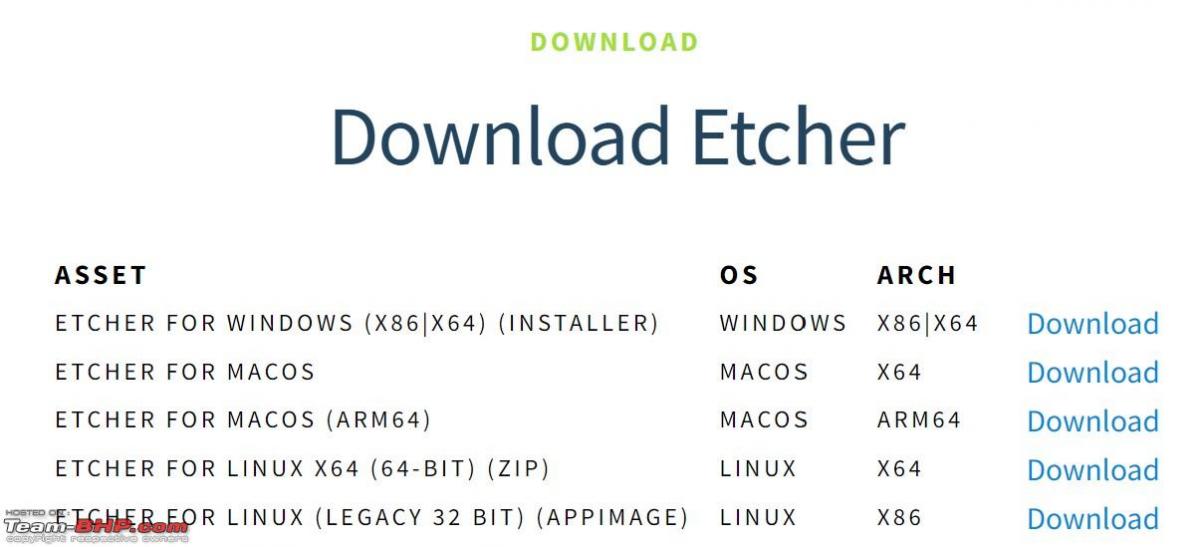
Connect the SD card to your PC using an SD card reader.
Launch BalenaEtcher and select the 'Flash from File' option. Choose the downloaded image file.

Now select the SD card from the list and hit 'Flash'.


Click on "Flash!" to start loading the image onto the SD card. The process will take a maximum of one to two minutes.

Once it has finished flashing, unplug the SD card, and then plug it into the Raspberry Pi board.

Installation in the Car:
Attach your Android phone to the car head unit using a USB cable and then make sure the Android Auto connection opens up on the display inside your car.
Unplug the Android phone from the car's head unit.
Connect the Raspberry Pi board to the car's head unit using the USB cable. Make sure that the SD card flashed is inserted properly on the Raspberry Pi Zero W board itself.

Wait for around 10-20 seconds for the green LED on the board to glow.
On your Android phone, go to the Bluetooth settings, and you will find "AndroidAuto-Dongle" or "AA Wireless Dongle". Pair with your phone and give permissions if needed.

Then, on the Wi-Fi settings on your phone, you shall find "AAWirelessDongle". You just connect to the password
ConnectAAWirelassDongle
Android Auto should appear wirelessly on your car screen.

Technically, this setup worked flawlessly for my Raspberry Pi Zero W. I got absolutely all the features of the Android Auto on my Nexon. I have not tested it in another car yet, but it should work as long as the head unit supports wired Android Auto.
One may use the cover type that can accommodate a heatsink for the board to stay cool during operation. The best-recommended type is the cover with space for a heatsink which is easily available in Amazon or any other ecommerce site.
The entire expenditure is as below:
- Raspberry Pi Zero W: Rs. 1240
- SD Card: Old Card lying around. (Rs.250 by value)
- USB Cable: Old cable lying around. (Rs.100 by value)
- Cover with Heat Sink: Rs.350
- Total Costs upto Rs. 1940
Techniclly, we are having a DIY Wireless Android Auto Dongle under Rs.2000.
Read BHPian comments for more insights and information.
News
Old Mercedes C-Class: Ways to add Android Auto & Apple CarPlay?
I thought I'd have a root in my glove box and sure enough there appears to be a module of that sort already in place.
BHPian ads11 recently shared this with other enthusiasts.
Got a question for the community. A couple of months ago I got an ad on social media showcasing a system to convert your inbuilt car infotainment system to run Android Auto or Car Play. Got me thinking about whether I could adapt any of mine. The Golf was out of the question - not ripping out it's CD and cassette deck, which left the Merc. It's a 2013 W204 C180 which runs the COMMAND system of that era. The display and interface buttons all work fine, it's just functionally useless in this day and age. So I started googling.
At first I was seeing a bunch of systems like these that involved opening up the centre console like so.
If I have to take out the head unit, it really becomes far more hassle than it's worth. Also these were all at least £400-500. Further digging revealed that some options come with a module that plugs into a Harman-Becker slot (?!) that happens to be in the glove box. I'd not come across this before but this was one of the options listed.
The videos linked to that URL seem to suggest it's far easier to install, though it might be a bit janky in use it does seem to enable wireless Android Auto via the in built buttons. And it's a fair bit cheaper.
I thought I'd have a root in my glove box and sure enough there appears to be a module of that sort already in place. Forgive the less than perfect photos, was having to contort to try and get it.

Glove box - try as I might, I just couldn't pull out the module already plugged in

Really struggled to take this but can just about make out the word Becker. What could this be if it's already there?
However I wanted to ask the community this - has anyone done this change on their car before? Is it worthwhile? I mostly use my phone on a mount and that's only when doing longer drives (which is mostly what we tend to use the Merc for - my beater Golf is my usual daily driver). Having wireless Android Auto or Car Play would be nice for my parents to use when visiting and borrowing the car.
I couldn't find any existing thread on W204's having something like this done, at least on Team BHP. Happy to be redirected if I've missed something on here or somewhere else like Reddit.
Here's what BHPian Nissan1180 had to say on the matter:
You can add a portable carplay screen. These devices are removable and provide a decent experience if your expectations are limited to running google maps and music streaming apps. These devices are generic, unfortunately. You can search for the term “portable carplay screen” on Amazon.
The other option is to replace the existing screen with a larger unit which retains the original functionalities and adds the carplay + reverse camera.
I have been using a portable carplay screen on my W204 and it is holding up well so far.
Here's what BHPian androdev had to say on the matter:
If you can't get the key (A1727550061) to pop out the Becker unit, you can improvise and make three pieces of plastic or wooden strip to copy the key action. It needs to press two rectangular tabs that hold the unit in place and slide the round pin to pop out the unit.
Read BHPian comments for more insights and information.
News
1/3 of new car customers won't buy cars without CarPlay & Android Auto
Aston Martin & Porsche will become the first brands to feature the next-generation Apple CarPlay
According to a new study, one-third of new car buyers refuse to purchase a car which doesn't feature Apple CarPlay and Android Auto integration.
The reports state that globally, 30% of EV buyers and 35% of internal combustion buyers view the lack of Apple CarPlay and Android Auto in cars as a deal-breaker in their purchase process. The survey was conducted high on the heels of General Motors' announcement last year, where they said their future EVs won't get Apple CarPlay or Android Auto.
Kevin Laczkowski, Automotive & Assembly Practice Global Co-lead, McKinsey, stated, "If an OEM moves away from seamless smartphone integration, obviously that’s a risk."
The study showed that 17% of ICE-powered vehicle buyers and almost 30% of new EV buyers would be willing to pay for the smartphone integration tech if it doesn't come standard in a vehicle.
Also, 35% of respondents stated they would switch to using a brand's native system, while a majority 52% said they would only use their smartphones.
Looking at the demand, Aston Martin & Porsche will become the first brands to feature the next-generation Apple CarPlay. The new-gen iteration will allow it to expand over multiple screens and control certain vehicle functions as well.
Source: AutomotiveNews
- Tags:
- Indian
- Apple CarPlay
- Android Auto
News
Testing Android Auto on the Galaxy Tab A9 in extreme summer heat
Finally by 12 noon, the temperature reached 44 degrees. The car was chilling 24.1 degrees (Auto AC set at 24).
BHPian dkaile recently shared this with other enthusiasts.
Testing the Tab at 44 degrees for temperature and battery - 22-05-2024
Had to go on a short leisure trip to Noida and the Tab was well-tested in the extreme blistering heat that North Indian summers can throw at you -
Started from home at 10.41 am at 34 degrees -

38 degrees at the Expressway. Zero visibility issues -

Finally, by 12 noon, the temperature reached 44 degrees. The car was chilling at 24.1 degrees (Auto AC set at 24). The nice fuel efficiency of 11.8kmpl on this trip -

Tab and Android Auto worked flawlessly with zero lags -

Finally reached our destination at Noida -

Safely parked in the underground parking. Left the Tab as it is, no power off -

Enjoyed at Imax -

Got some 'Gyan' on Irish diplomacy at the bar

Started back home around 6.30 pm. Temperature still hovering in the high 40s in this long rush hour traffic. The car was chilling at 25~26 degrees with music blaring through Spotify on the car's stereo -

Finally reached home around 8.30 pm hearing the 'Cult of Snap'. Ambient Temperature is still at 37 degrees. Return FE was 10.5kmpl due to heavy traffic -

The battery was still at 58% with a full day's usage without charging. It was last charged 12 hours 47min ago, as is evident in the photo. So I easily foresee a 10-hour screen on time without charging, with this Tab -

Zero issues whatsoever. And really thankful for the increased visibility on this higher screen size than a typical phone.
Cheers...
Check out BHPian comments for more insights and information.
News
How to get Android Auto on any car or bike under Rs. 10,000
Calls are received as normal with your car's microphone and speaker setup working flawlessly.
BHPian dkaile recently shared this with other enthusiasts.
DIY: Getting ANDROID AUTO Screen on my Skoda Superb 2012 / BMW R1250 GSA for under 10k - 11-05-2024
Now as I had mentioned on my Skoda Superb Thread (Skoda Superb - A tryst with destiny) - I was looking to upgrade my car with a Android Auto Screen WITHOUT compromising on the OE sound quality of my Bolero Stereo.
As I had mentioned
So the problem remains as it is as I am still apprehensive to remove this beautifully sounding stereo. I am doubtful if I will get clear radio reception with the single connector (coming nowadays) that is attached to these twin antenna connectors by a Fakra adapter. So is it the best option for me to keep on using Android Auto on my phone, as I have been doing for nearly a decade now and listen to Spotify through bluetooth? Or is there some practical and high quality but low cost option available? For another day!!
In continuation with the above, I found a solution that could work as mentioned in this video
I mainly followed instructions of the above video to get WIRELESS Android Auto for my car. But you can also have a look at these 3 video series by YouTuber Akshay Pai which helped me to set Pixel Density to 250, which I found perfect for my setup and also to Disable Audio Sink to make the sound output come directly through my car's stereo / my Samsung Buds on the bike -
(Please click on links in the above video to see Part 2 and Part 3 of this series, IF you need to)
Now my wife had recently upgraded to S23 FE in the recent Flipkart Sale, from her 4 year old Samsung A71. What a beautiful piece of art this is with all glass and aluminum finish. But now looks like a iPhone though


So after transferring the data and formatting the phone, this A71 (on the left) was now lying free with us, at literally zero cost, for this upgrade -

Now since I did NOT have a spare Android Tablet lying around, I went ahead and purchased the most basic WiFi one - Samsung Tab A9 (8.7" screen) for Rs. 8431/- (MRP 14,999/-) on zero EMI from the Amazon Sale that was also running concurrently -

My wife immediately took to Media Consumption on it and it can be quite good at that, when not in use in the car, as the entire setup is plug and play in a jiffy -
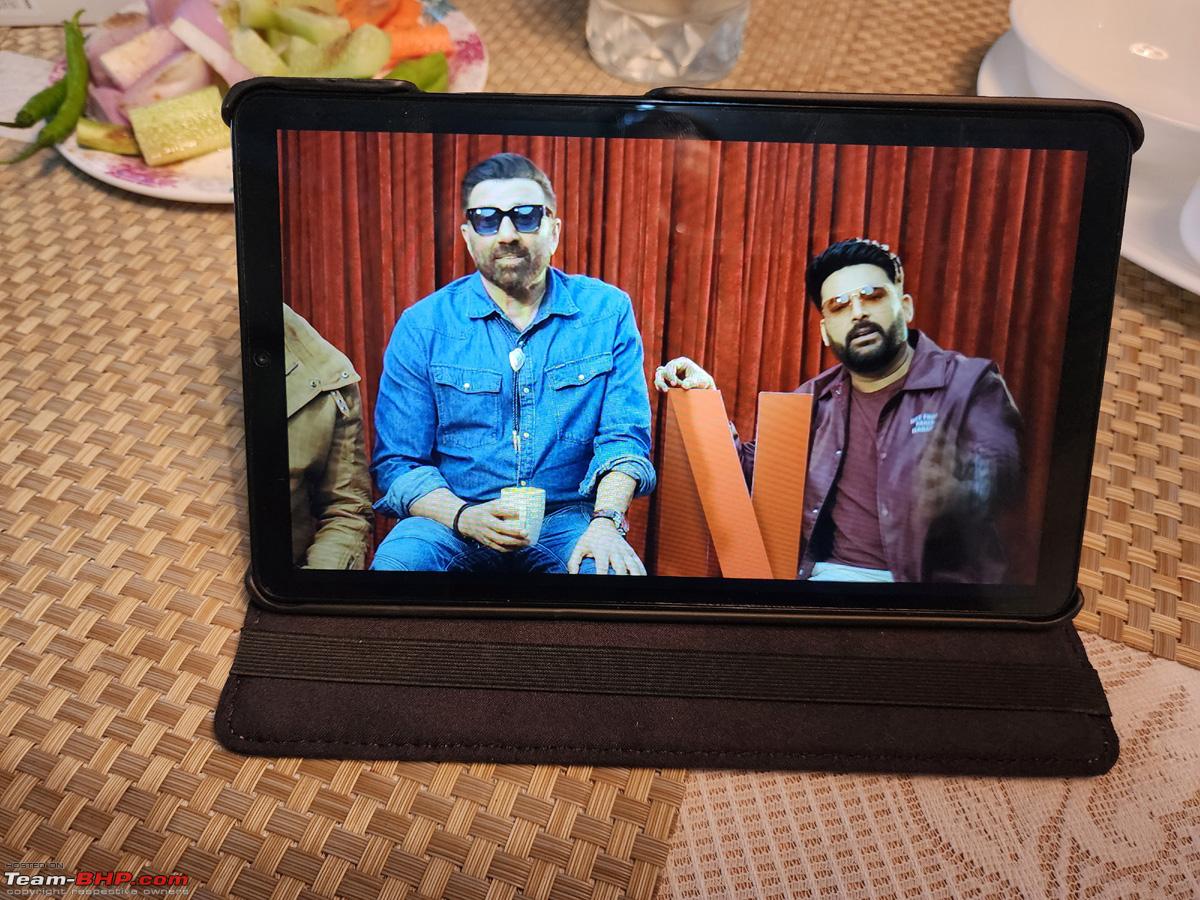
Putting it next to the stock Superb Stereo -

And a virtual size comparison of this 9 incher vs the 6.5" on the stock -
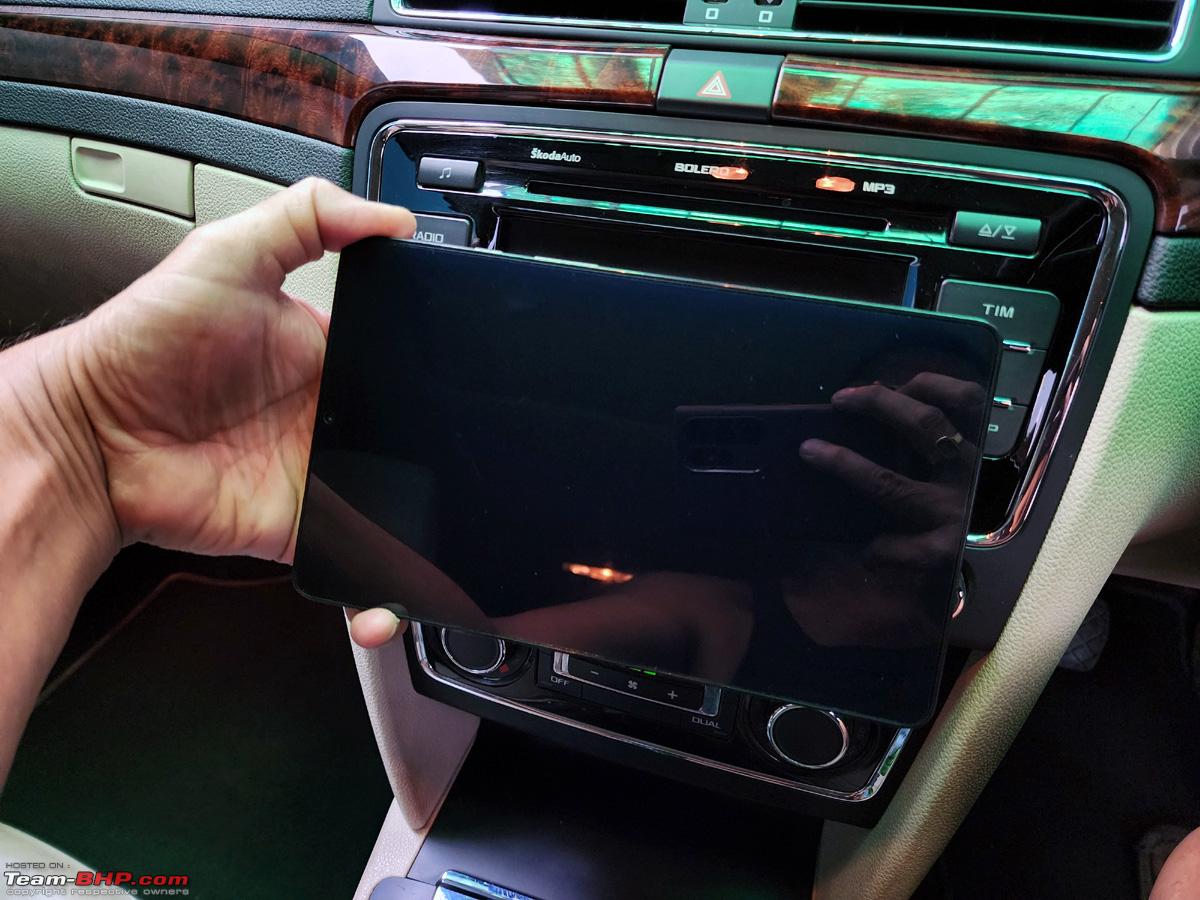
Next important thing needed was a high quality and sturdy Car Mount. I went with this one from Amazon for Rs. 1360/- -

Front view. Can accommodate devices from 4" to 11" -

The A9 mounted on it -
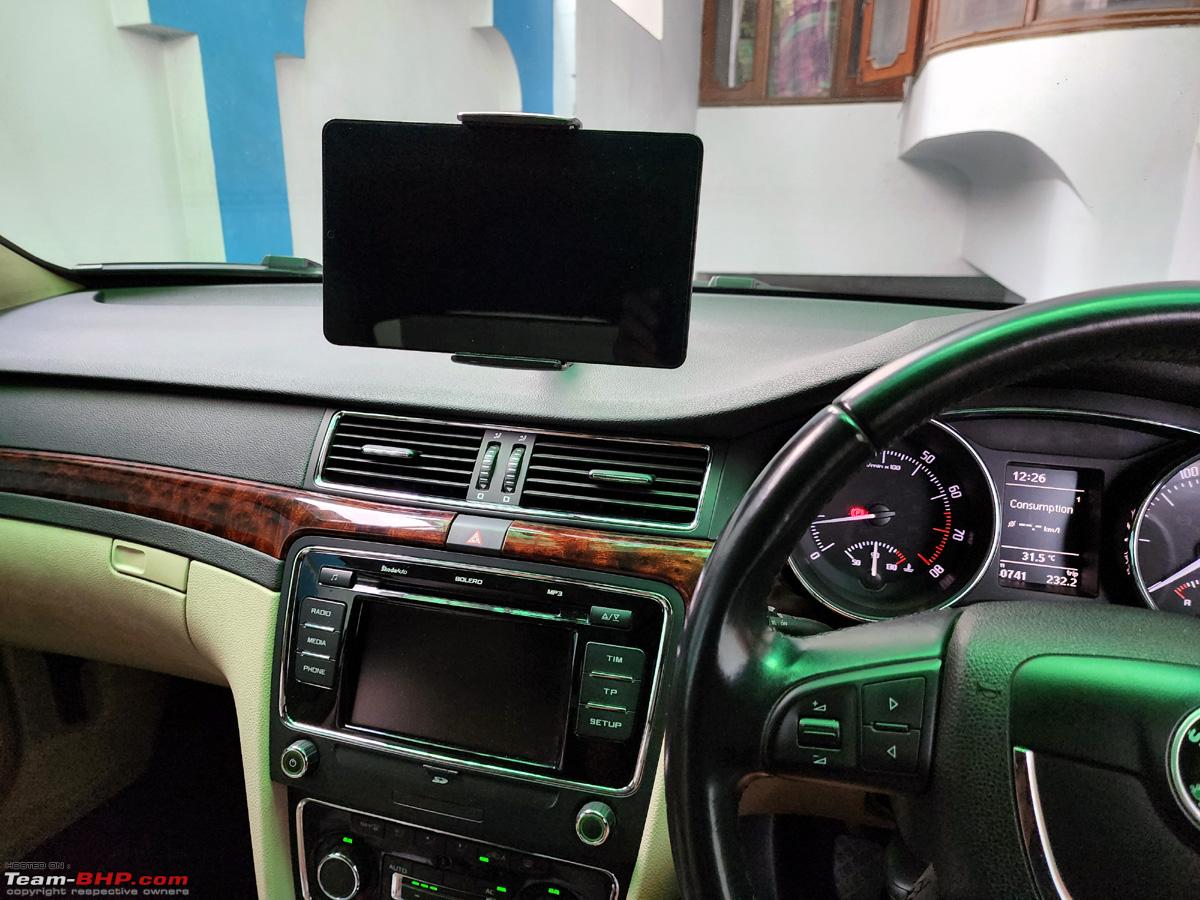
A side view of the mounting structure -

Continue reading BHPian Dkaile's post for more insights and information.
News
How I installed CarPlay & Android Auto on my Crysta's stock head unit
The head unit switches seamlessly between the stock interface and the CarAbc interface.
BHPian audioholic recently shared this with other enthusiasts.
Our 2020 Innova Crysta pre-facelift did not have Apple CarPlay and a few months after we purchased it, they decided to launch a facelift with a completely new head unit with Apple CarPlay and Android Auto.
Had earlier planned to change the head unit to the facelift version but realised the entire wiring was different and it was not a direct fit. Only one installer in Goa has done this so far and has worked with their own custom connectors.
But now, the long pending problem has been solved with this amazing product I found which was popular in other countries with Toyota head units. Turns out my car's head unit came with a similar interface and operating system. Found the supplier in China ordered this product and installed it as soon as it arrived. Was overjoyed by the results.
Apple CarPlay and Android Auto are now on my stock head unit with complete functionality.


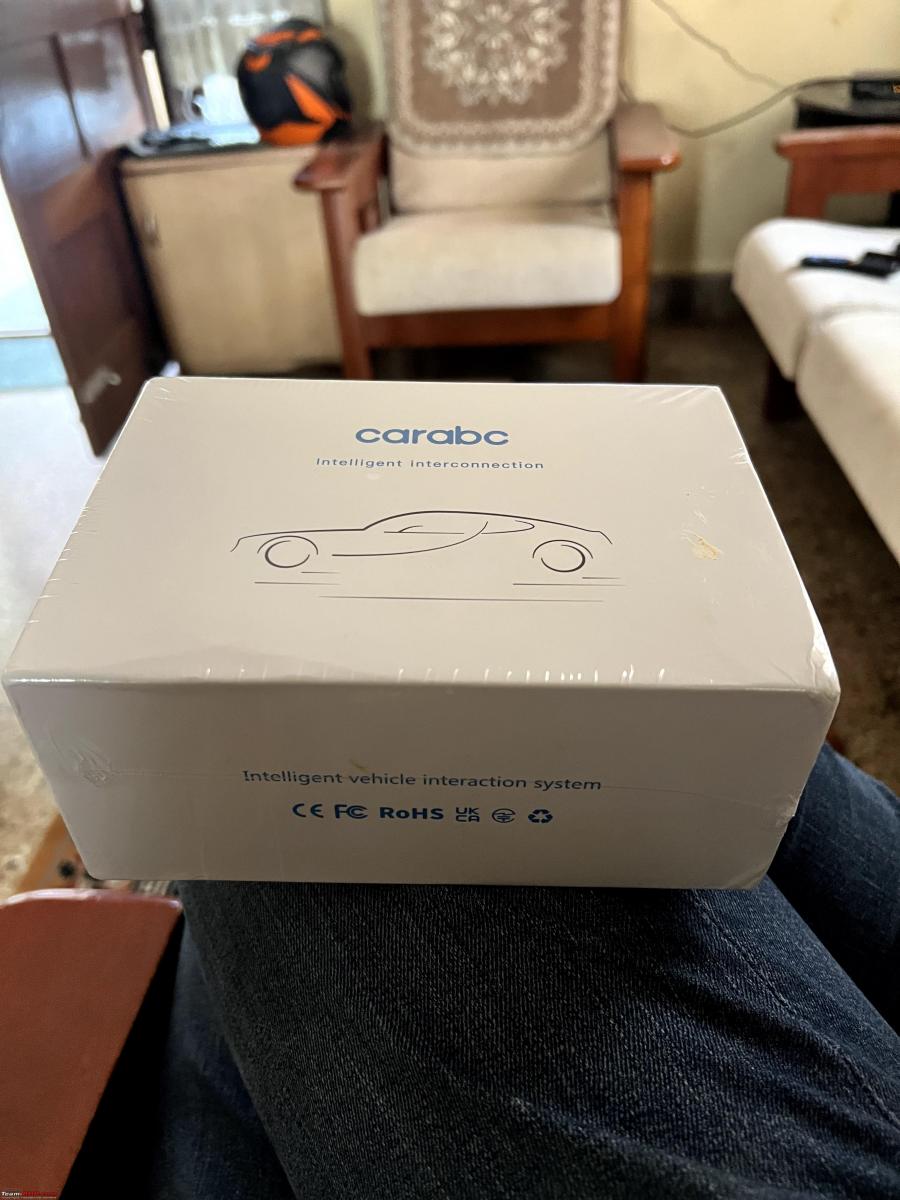
The control unit is a palm-sized box which has a piggyback interface between the vehicle and the head unit. In addition to that it has a dedicated USB port for wired CarPlay and an optional interface with a rear camera which is not required in my case since the stock camera is used:

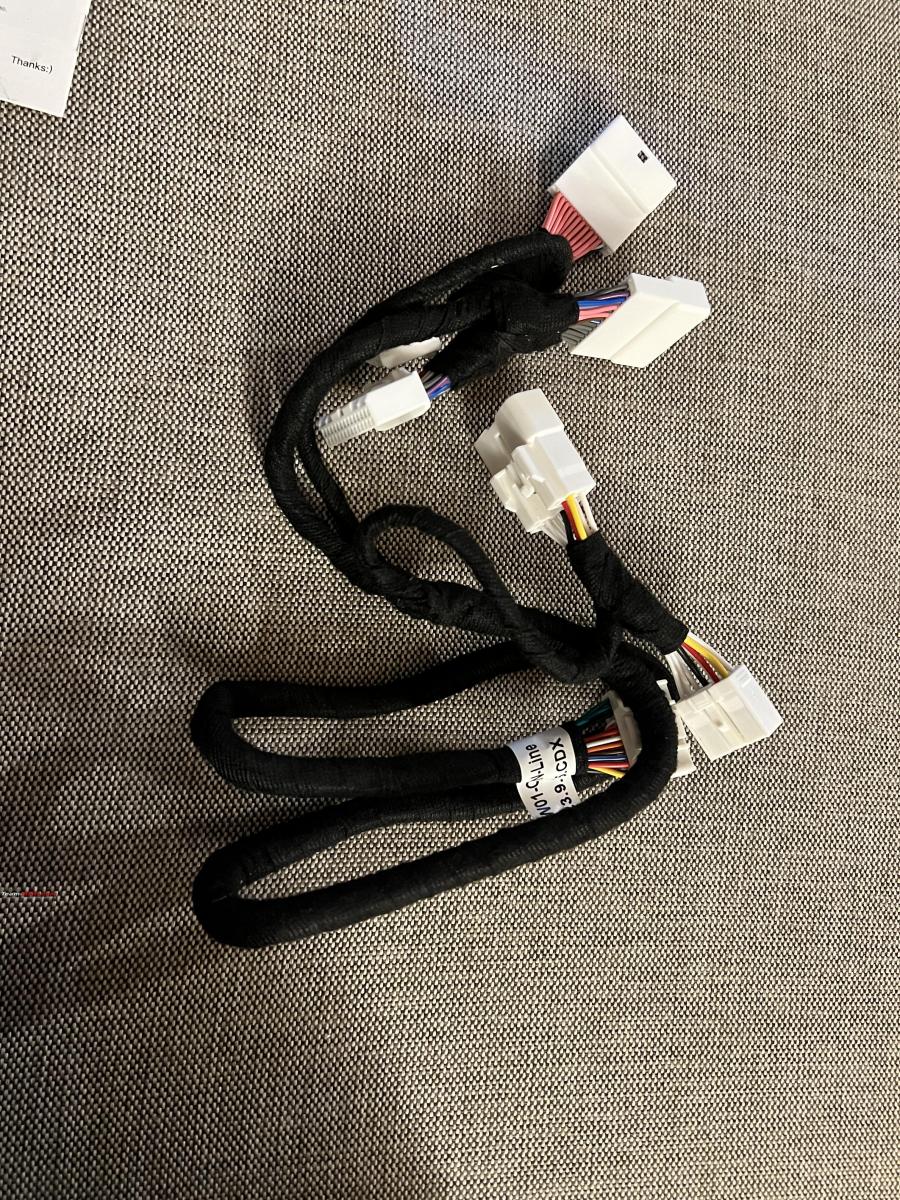
It comes with a vehicle-specific harness which will connect to the Toyota harness at three T connectors that then head to the stock HU. The connections hardly take time. We remove the three connectors from the stock HU, connect that to the harness provided and then connect the opposite pins on the harness to the head unit.
Once that's done, the ignition can be powered up and the head unit takes a while to boot since its power is disconnected. After this, to trigger the CarPlay box, we have two options:
- Switch to FM and then Aux
- Hold the Voice command button for 2s and release.
The CarAbc box immediately fires up with its interface. For the initial setup, we can pair our phone with this box(and have to delete the pairing with the stock HU to avoid clashes). Wired car play will work straight away while wireless needs a connection to the Wi-Fi access point.
Turns out, the head unit allows external devices to connect two-way and be able to even access touch screen actions, which allows the Carabc box to offer full CarPlay functionality and for the user to use the Head unit touch screen to navigate. This is common in German cars but given how Toyota electronics is ancient, it was a surprise to me.
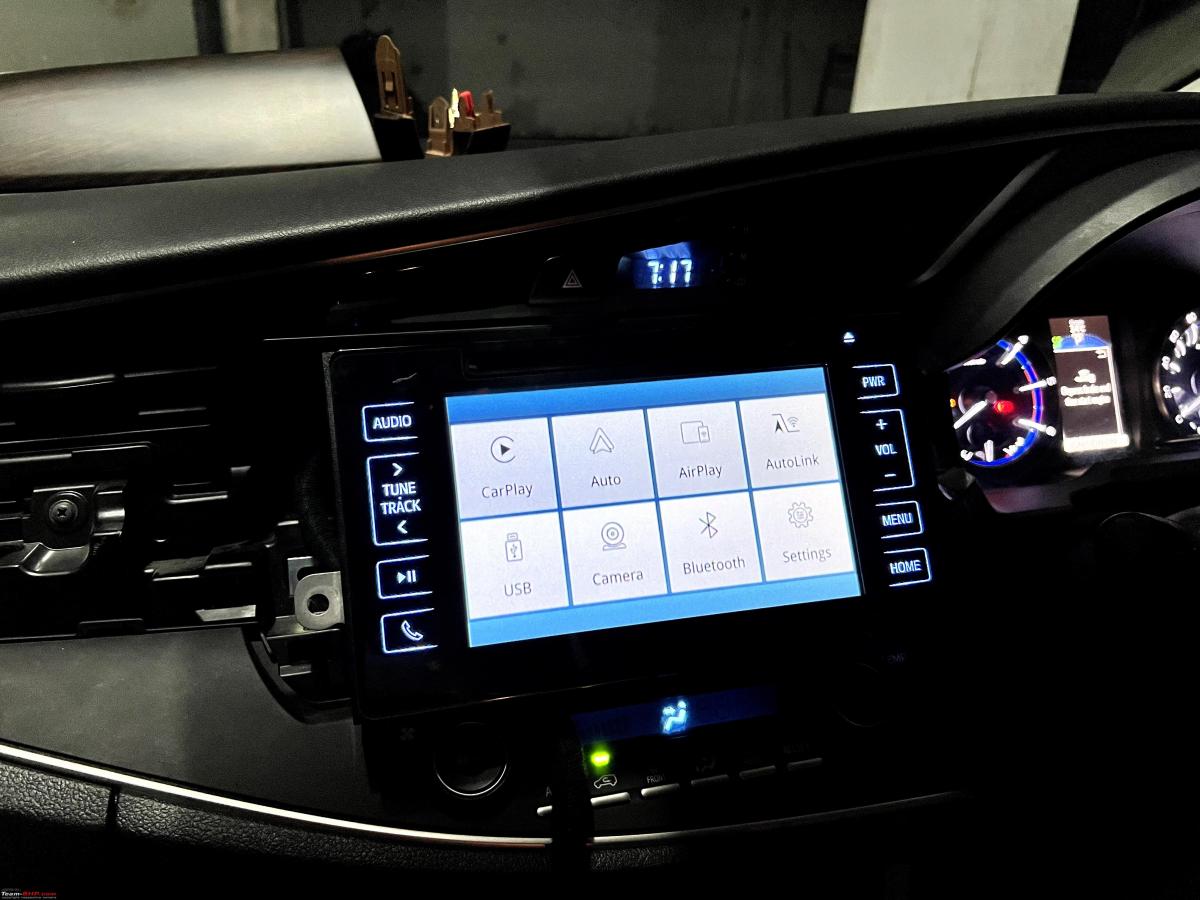
To summarise
Pros/Features:
- Superb integration and installation
- Seamless switching between the stock Head unit sources and the CarAbc interface
- The stock reverse camera can be used as usual and the box switches without any loss of audio
- Very good sound quality and customisable settings
- Offers both wired as well as wireless ACP and AA as well as a host of other functions, typically rendering the stock HU functions redundant
- Touch screen lag is comparable to the stock head unit and is only noticeable during scrolling or moving maps
- ACP graphics performance is very good with a good frame rate
Cons:
- Screen resolution is slightly lower and since the stock HU does not have very high resolution, ACP somewhat looks low res especially since I am used to crystal clear rendering on my Slavia 10-inch display.
- The incoming call display on the instrument cluster is lost even though steering calling controls continue to work
Here is a short video showing the performance of the interface and the comparable lag between the stock interface and that of the Carabc box.
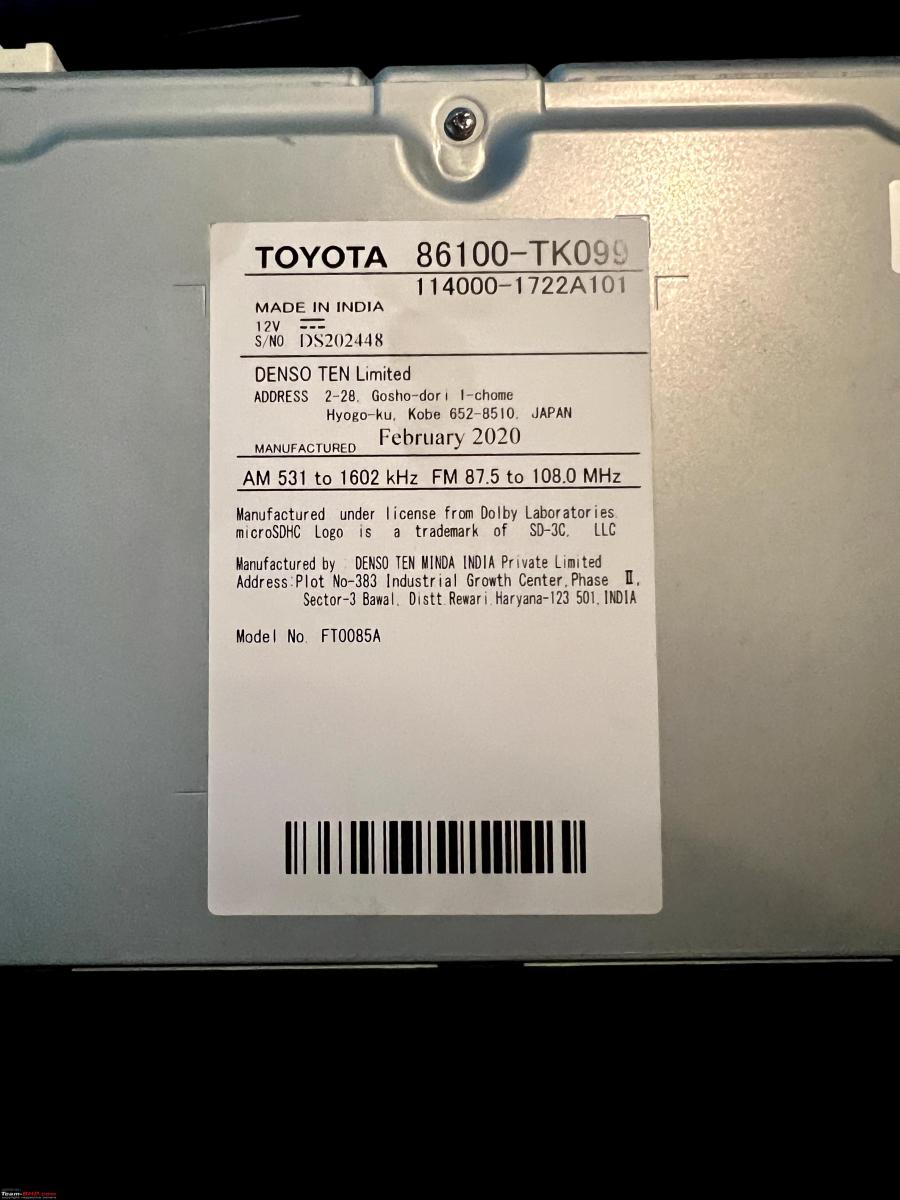
Check out BHPian comments for more insights and information.
Pages




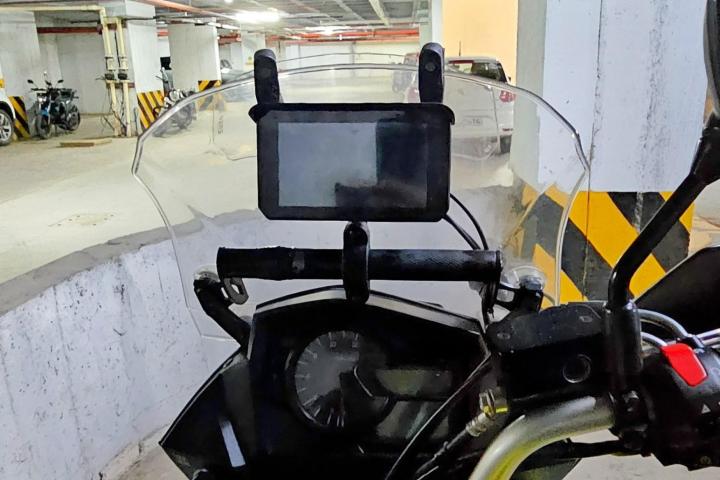


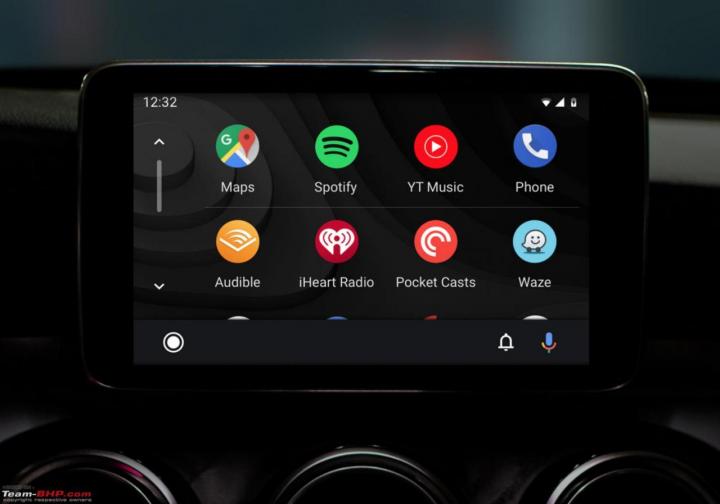
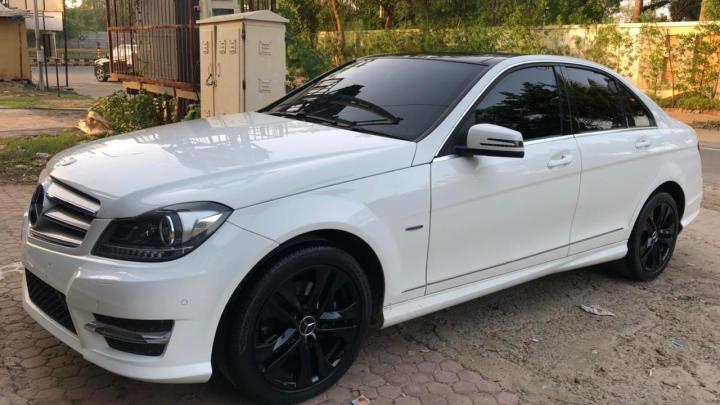


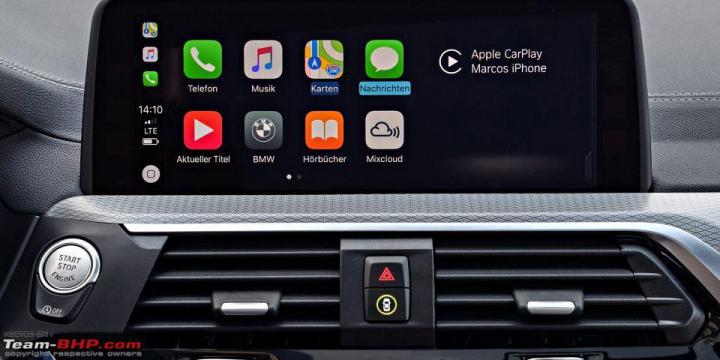
.jpeg)


